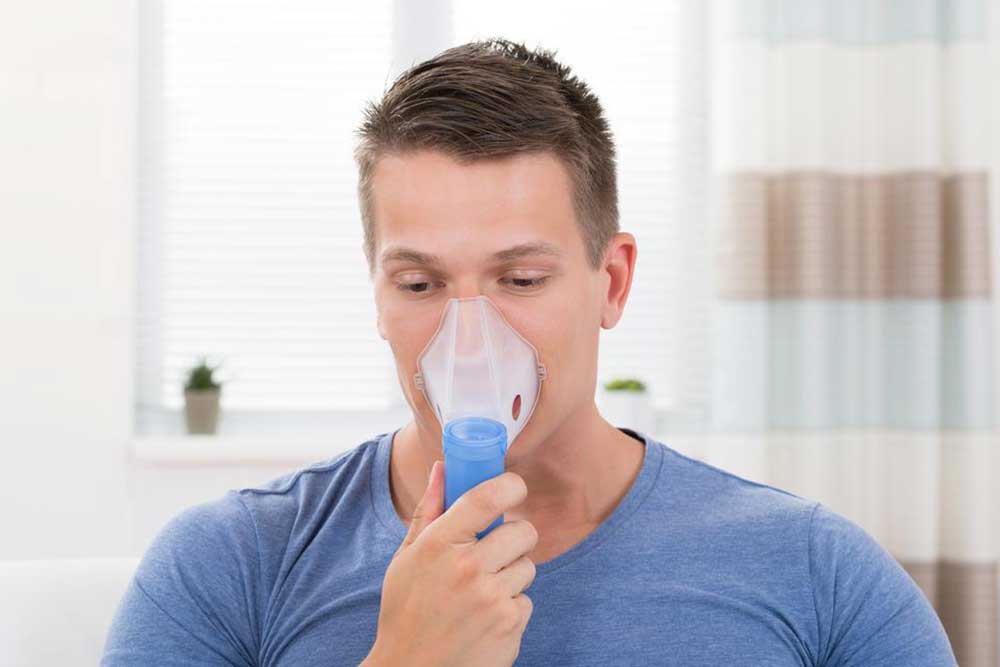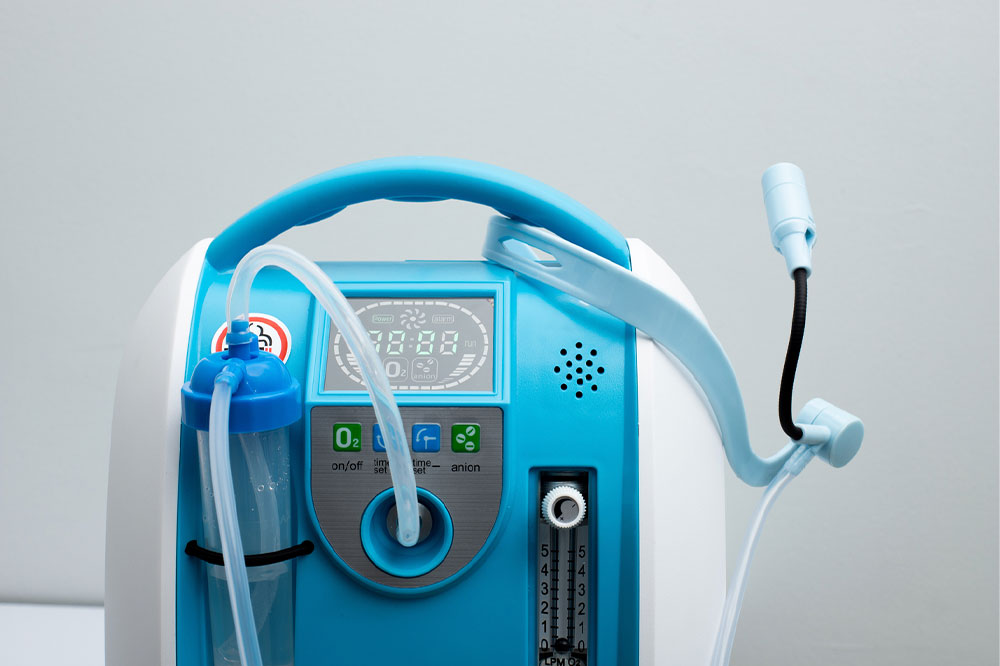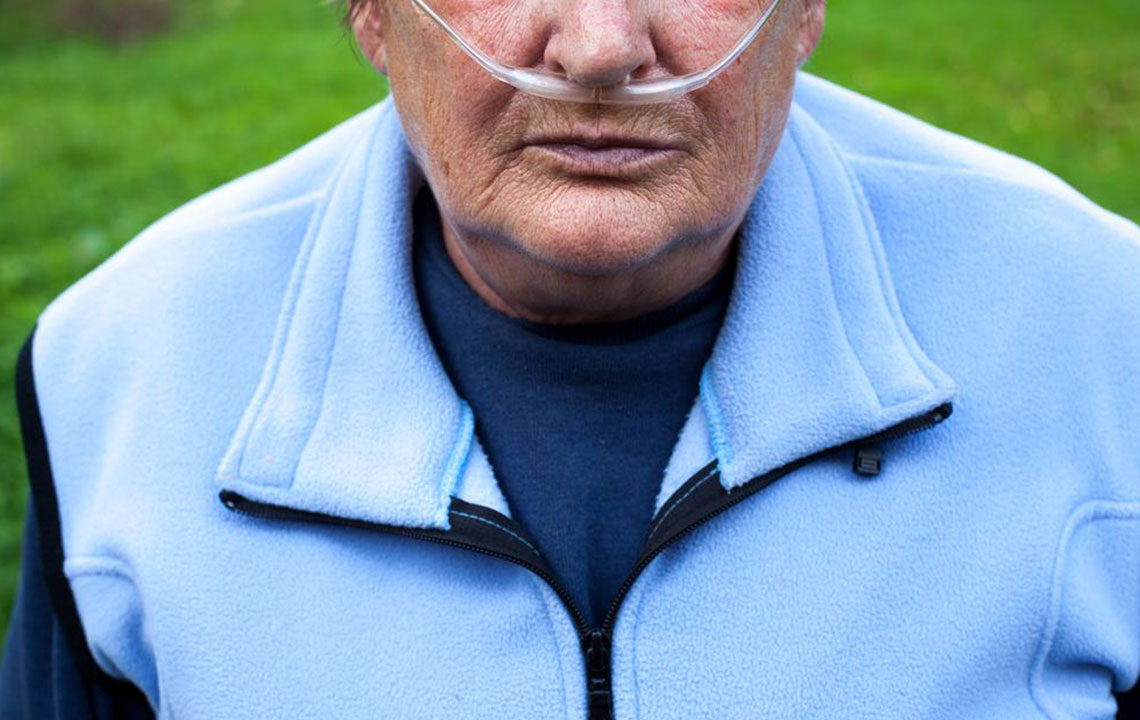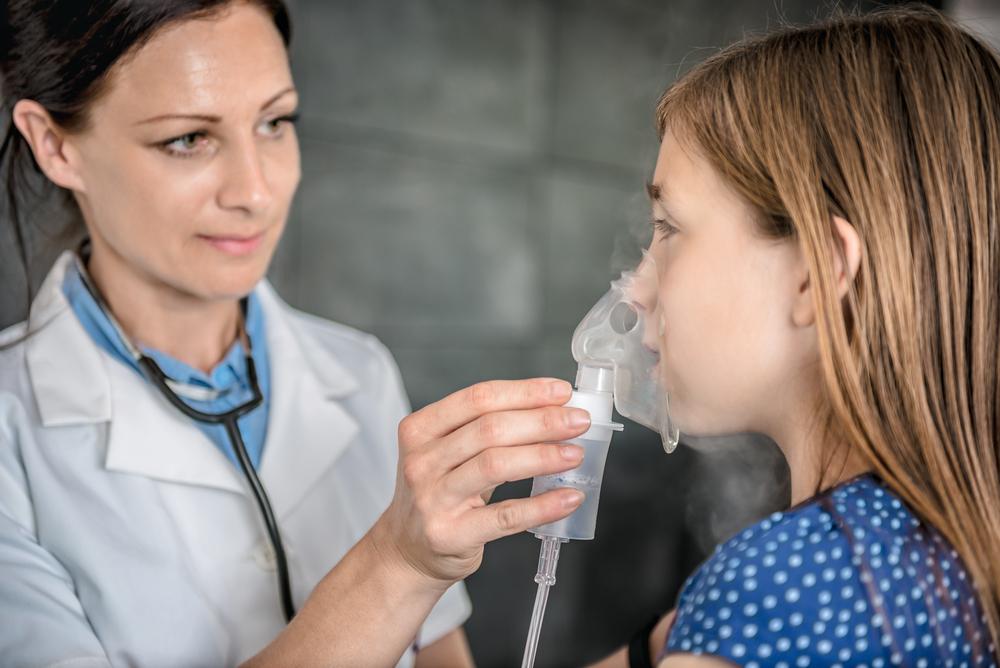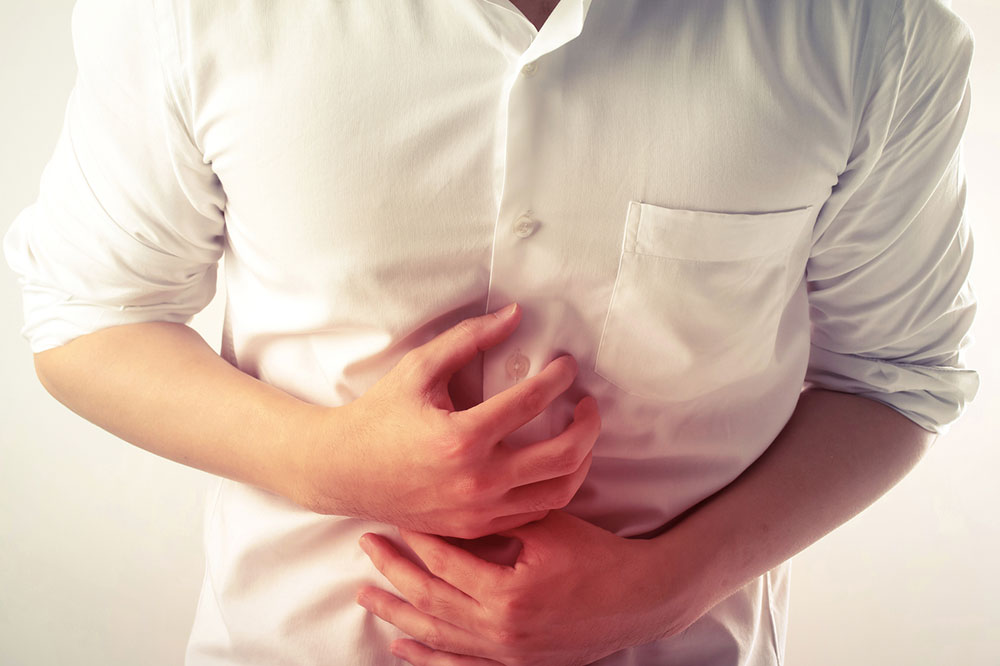Essential Insights into Portable Oxygen Concentrators
Explore essential information about portable oxygen concentrators, their history, functionality, benefits, and factors to consider when selecting one. Perfect for individuals needing mobility and reliable oxygen therapy, modern POCs enhance health and lifestyle by providing portable, efficient oxygen support.
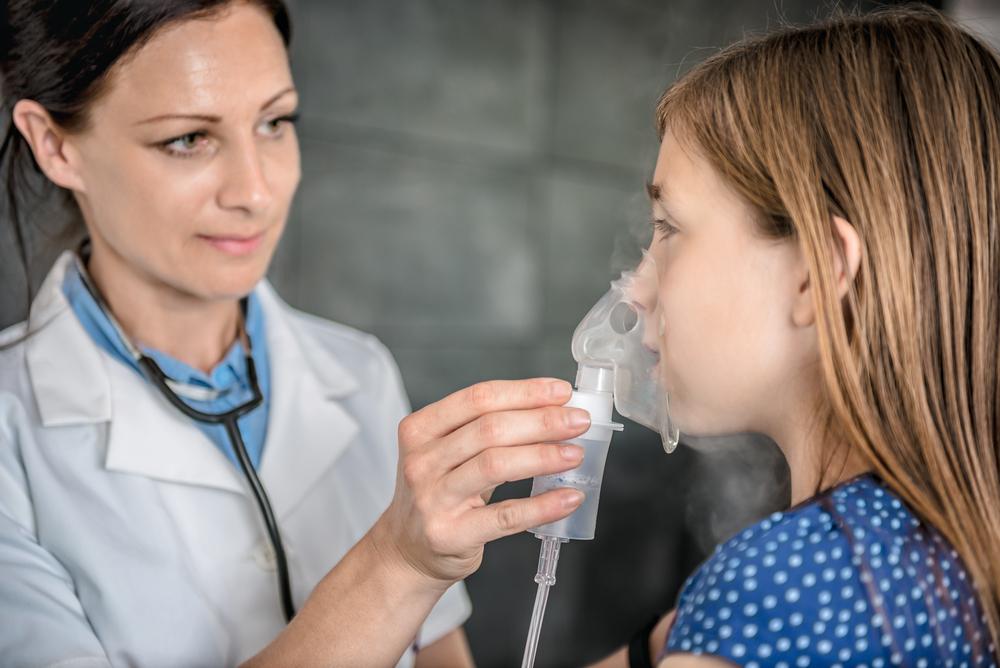
Discover Key Facts About Portable Oxygen Concentrators
People requiring oxygen therapy need devices that provide concentrated oxygen easily. Portable oxygen concentrators (POCs) function similarly to home oxygen units but are designed for mobility, allowing users to carry them anywhere. They are particularly useful for travel, fitting effortlessly into vehicles and occupying minimal space.
History of Portable Oxygen Concentrators
Although POCs were first developed in the 1970s, they gained popularity around 2000. Early models were bulky and difficult to transport. Initially, airlines banned carrying POCs onboard, and reliability was a concern in the early designs.
Modern POCs can deliver up to six liters of oxygen per minute, making them suitable for daily use. Newer models emphasize low power consumption and energy efficiency, which are essential features for users.
How Do Portable Oxygen Concentrators Work?
These medical devices assist individuals with low blood oxygen levels. Powered by electricity, some models operate via wall outlets, while others have rechargeable batteries. They perform five main functions:
Sucking in surrounding air
Compressing oxygen
Removing nitrogen from the air
Adjusting airflow
Delivering purified oxygen to the user
Since natural air contains 20% oxygen and 80% nitrogen, the device eliminates excess nitrogen, leaving only 5-10%. The user inhales air rich in 90-95% oxygen, supporting breathing and overall health.
Advantages of Using Portable Oxygen Concentrators
Brands like Inogen, Philips Respironics, Inova Labs, and Invacare offer devices with numerous benefits:
Enhance exercise endurance by providing supplemental oxygen, promoting better health and mood
Stay socially active with lightweight POCs that fit in cars, preventing bed confinement
Reduce fatigue caused by oxygen deficiency, improving brain function and lowering lung disease risks
Enjoy around-the-clock oxygen therapy, with modern models supporting 24 hours of operation
Considerations When Choosing a POC
Always verify if the device comes with a manufacturer warranty and check its expiration date. Ask about service centers and replacement parts in case of malfunction. Additionally, consider the device's size, portability, and compatibility with air travel or car use for convenience and safety.
Designed to aid recovery and ensure pure oxygen intake, portable oxygen concentrators significantly contribute to health improvement and risk reduction from air impurities or oxygen shortages.


